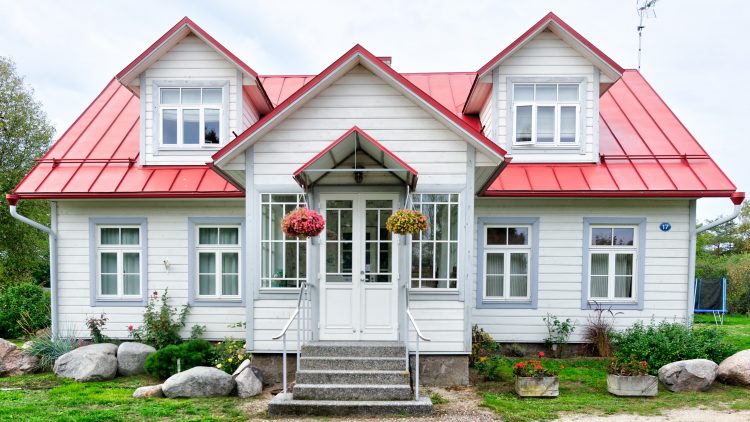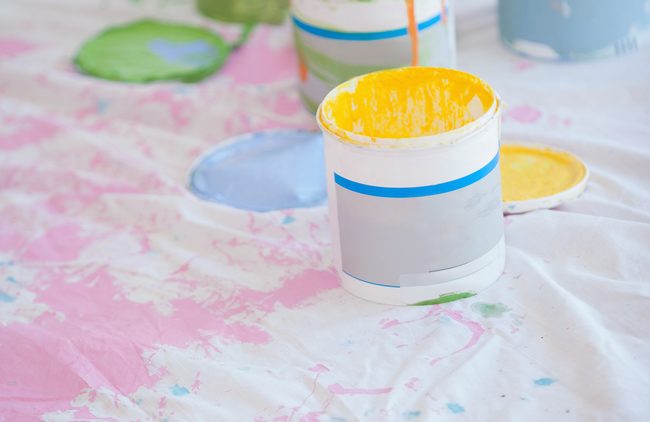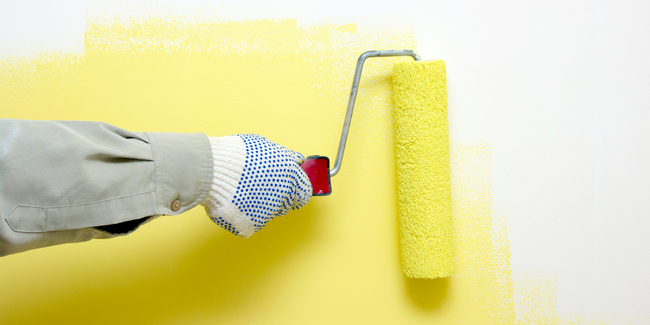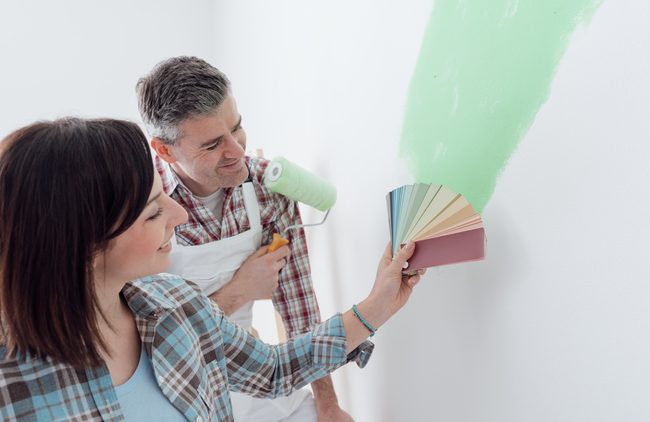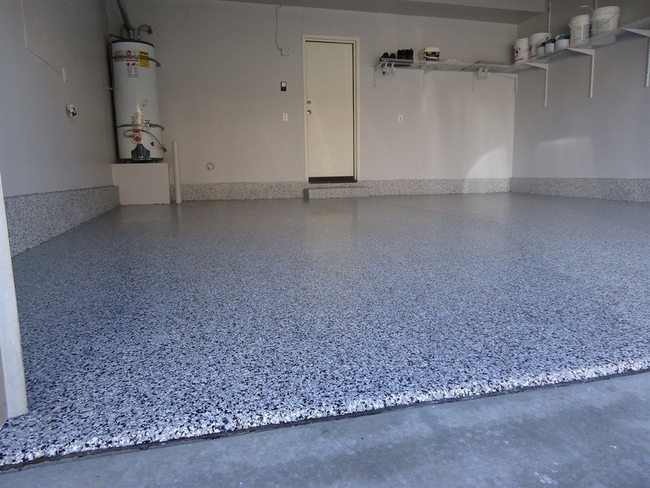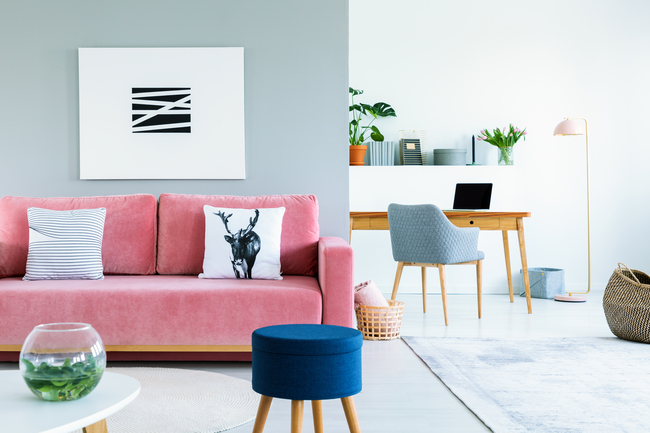Five Instagram Hashtags for Design Inspiration.
Get design ideas from people all over the world.
Since you’re probably spending a lot of time at home these days, it’s only natural to begin longing for a different view. That faded and chipped paint in your den that was a mere annoyance a month ago is now a daily source of angst and disgust.
Clearly, you need to do something about this but the creative juices just don’t flow that freely these days. You need some design and renovation inspiration! Fear not! Instagram is here to save you. You can find incredible posts from designers, architects, bloggers and homeowners from all over the world in just a few clicks.
The secret to finding the best pics is knowing exactly which hashtags to search for. We’ve rounded up our top-five favorites for you to explore.
#HOUSETOUR
This is great one for every day inspiration and casual browsing. It’s like being a nosy neighbor but still respecting boundaries. (You know the neighbor I’m talking about!)
#HOMERENOVATION
If you’re a fan of the process of home improvement and the finer details of a project, this is a good one for you. You can pick up a lot of good tips in the comments as well.
#INTERIORDESIGN
This is kind of a general catchall hashtag, but it’s great for sourcing some unique ideas when you’re not really sure what you want to do with a space.
#MODERNHOME
There are some incredible over-the-top designs on this hashtag. While some might fall into the “dream” category, there are certainly some elements you could incorporate into your own home.
#OLDHOUSELOVE
If you have a soft spot for older homes or maybe you’ve been thinking about how to update your older home but maintain it’s original aesthetics, this hashtag will provide you with oodles of ideas.

